Blooming wildflower meadows, water buffalo and the Little Venice of Spandau – what a wonderful little hike through the Tiefwerder-Wiesen nature reserve in Spandau.
The Tiefwerder meadows are one of the few remnants of the former floodplain landscape of the Havel and Spree rivers in Berlin. It is a natural floodplain and one of the last pike spawning grounds in the Berlin area, albeit a highly endangered one.

Since 1960, the Tiefwerder meadows have been designated as a landscape conservation area. Unfortunately, the area is increasingly subject to change due to the expansion of construction activity and the associated groundwater changes.
This scenically unique area lies between the Havel, the Havel reservoir and the Heerstraße. Our short hike begins in the north on the Tiefwerder in Spandau and leads through a small part of the area along very well laid out and well signposted paths.

Tiefwerder can be reached by car via the village road. However, there are only parking spaces on the roadside, which are very popular, especially when the weather is nice. You can get off the bus 131 at the Tiefwerderweg stop and then walk for around 15 minutes until you reach the “entrance” to the nature reserve.
Hike on the Tiefwerder-Wiesen circular route
We then walked the following circular route:
We reach the meadows from Tiefwerden via a footbridge over the Kleiner Jürgengraben. It makes no difference whether you walk to the right or left along the path. We have decided to walk in an anti-clockwise direction.

Walking in this direction, you first reach the Havel and can walk a short distance directly along the water. What a surprise when we discovered the MS Heiterkeit on the other bank of the river, which I have already taken on relaxing trips on Berlin’s waterways.
A little later, we came across the Freybrücke bridge, which carries the busy Heerstraße over the Havel. Here you have the opportunity to take a short detour onto the bridge and look out over the Havel from up there.

We were drawn further into the foothills of a small wooded area that borders the Tiefwerder Wiesen. From there, a path leads – again over a small bridge – to a colony of deciduous trees. This has settled along the small watercourses. The properties have access to the water. There are jetties and boats everywhere and every now and then a kayak passes by. I think it’s beautiful and can understand why the area is known as the “Little Venice” of Spandau.

The circular route leads along the colony and you will always have the opportunity to look into the former floodplain. Depending on the time of year, the area is sometimes more or less watery, frogs croak and, with a bit of luck, you can observe a wide variety of birds.

The circular route slowly closes. But first we walk along a large, very natural meadow. A wide variety of wildflowers bloomed here, bees buzzed diligently from flower to flower and at the very end of the fenced-in area stood the water buffalo. These natural lawnmowers can be found on the Tiefwerder meadows almost all year round. However, I have only ever seen them far away from the circular path. Apparently the tastier food grows there.

Back at the bridge to Tiefwerder, I spot another sign that once again alludes to Venice. We are now on the Tiefwerder “Bridge of Sighs”.
For us, the short walk across the Tiefwerder meadows is always a welcome change and, above all, beautiful at any time of year.

What I didn’t know either:
For a while during the division of Germany, the Tiefwerder meadows were one of the GDR’s unresolved territorial claims. A small part of the Tiefwerder meadows was claimed by the GDR as an exclave of the municipality of Seeburg. The British authorities objected to this and so this claim had no consequences.

Visitor information
How to get there
By car
Possible via the Dorfstraße
However, there are only parking spaces on the roadside, which are very popular, especially in good weather.
By bus
Line 131 to the Tiefwerderweg stop, then about 15 minutes on foot

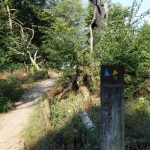













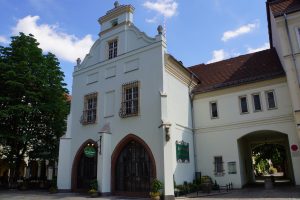

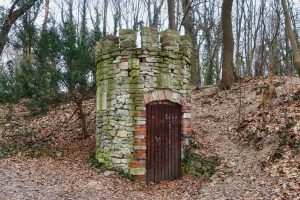
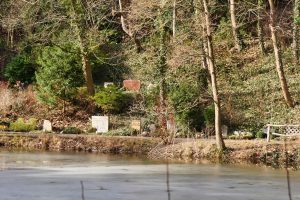
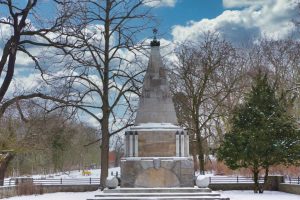





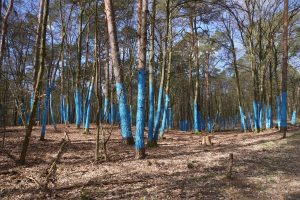




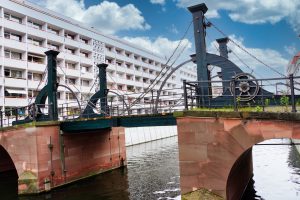




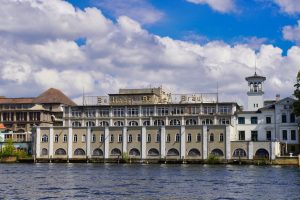















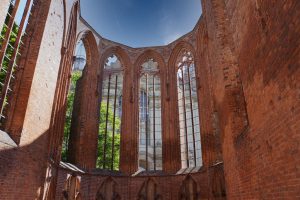












































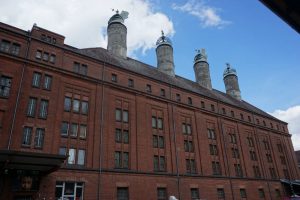





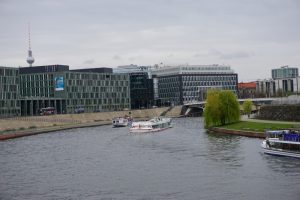
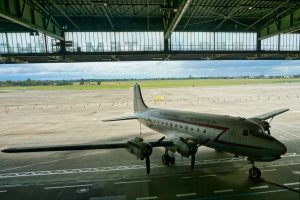



























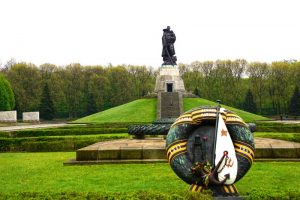














Leave a Reply